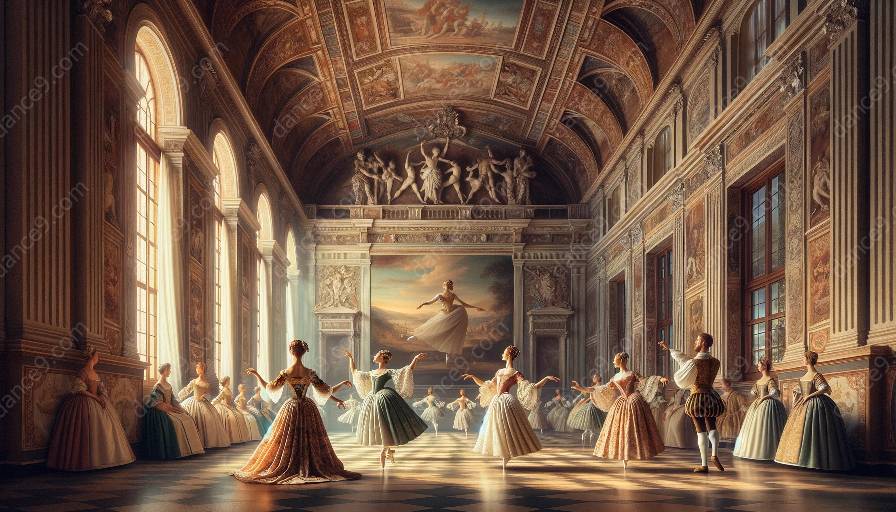Ballet, one of the most renowned art forms, has a rich history that has been shaped by various training and education systems over time. To truly understand the essence of ballet and its impact on the art form, one must examine the evolution of ballet training and education systems and their significance.
Origins of Ballet
The origins of ballet can be traced back to the Italian Renaissance courts of the 15th and 16th centuries. It then evolved and gained popularity in the French courts during the 17th century, where ballet performance and technique were greatly influenced by the royal academy system. The development of ballet as an art form can be attributed to the blending of court dances, music, and storytelling, laying the foundation for the future of this graceful and expressive dance form.
Ballet History and Theory
Ballet history showcases the evolution of ballet as a form of artistic expression, from its early roots in court entertainment to its establishment as a sophisticated and disciplined dance form. The theories and techniques of ballet have continuously evolved through various influential figures and significant developments, shaping the art form into what it is today.
Evolution of Ballet Training and Education Systems
The development of ballet training and education systems has been crucial in shaping the art form. In the 18th and 19th centuries, ballet training was primarily conducted through apprenticeships and private training with established dancers and choreographers. Formalized training institutions such as schools and academies emerged in the 18th century, notably the Paris Opera Ballet School, which provided structured and systematic training for aspiring ballet dancers.
As ballet gained popularity, training methodologies advanced, integrating elements of anatomy, physiology, and movement science. This led to the establishment of syllabi and standardized training systems, such as the Vaganova method developed by Agrippina Vaganova in the early 20th century. The Vaganova method emphasized the integration of technical precision, expressiveness, and artistry, revolutionizing ballet training and education.
The impact of these evolving training and education systems can be seen in the refinement and standardization of ballet technique, leading to a higher level of skill and artistry among ballet dancers. Additionally, the establishment of professional ballet training institutions enabled the preservation and transmission of ballet's rich traditions and repertoire to future generations.
Impact on the Art Form
The impact of ballet training and education systems on the art form has been profound. These systems have contributed to the preservation and refinement of ballet technique, ensuring the maintenance of the highest artistic standards. With standardized training systems, ballet dancers have been able to develop a strong technical foundation while cultivating their creativity and artistry.
Furthermore, the formalization of ballet training has facilitated the global dissemination of ballet, leading to the establishment of ballet companies and schools worldwide. This has contributed to the diversity and richness of the ballet landscape, allowing for the exchange of ideas and techniques across different cultures and regions.
Conclusion
The evolution of ballet training and education systems has significantly impacted the art form, shaping it into a disciplined, expressive, and captivating dance form. From its humble origins in court entertainment to its current status as a revered art form, ballet has been greatly influenced by the development of structured training systems and institutions. The ongoing evolution of ballet training and education continues to enrich the art form, ensuring its longevity and relevance in the contemporary world.





























